Master Builders, SA Best call for new protections as horror year for home builders continues
At least 11 SA home builders have gone bust in a horror 12 months for the industry. Home owners, subcontractors and suppliers are often the ones left picking up the pieces, with calls for new protections to end the trail of destruction.
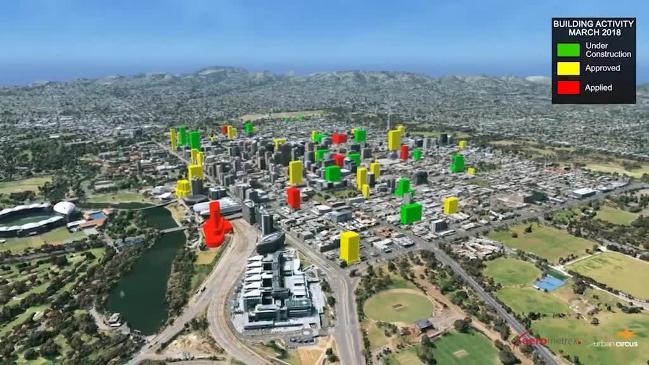
SA Business
Don't miss out on the headlines from SA Business. Followed categories will be added to My News.
Building their dream home turned into a nightmare for Graham and Mieke Stewart last Christmas, when OAS Group collapsed leaving their home without a roof.
The Port Noarlunga property was one of 40 suburban homes to be left unfinished when the home builder called in liquidators, owing dozens of creditors close to $2.4 million.
After retiring and selling their family home in 2016, the Stewarts engaged OAS to build their new home in September of that year, but it wasn’t until mid-2017 when work got underway.
What resulted was a frustrating period of “delay after delay” in construction, with the couple forced to live in their shack on the Yorke Peninsula for more than two years instead of a planned eight months.
Together with subcontractors, suppliers and other home owners, the Stewarts represent the hundreds of individuals and small businesses who have borne the brunt of a horror 12 months for the state’s home building industry.
The collapse this month of Integrity New Homes Adelaide South brought the tally of South Australian home building failures to at least 11 in the past 12 months, and came a day after the operator of well-known local company SA Quality Home Improvements was forced to call in administrators with debts of more than $1 million.
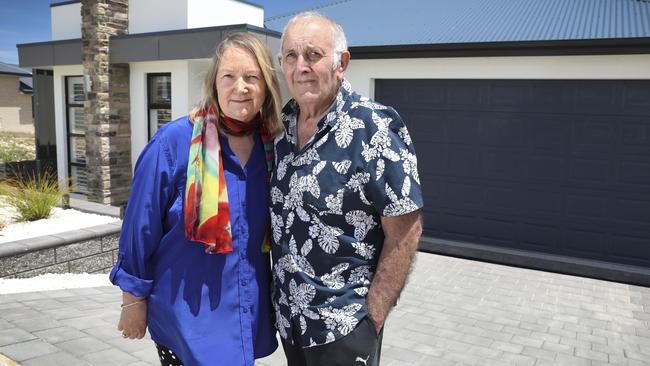
Ms Stewart said the couple placed their trust in OAS as it was the first time they had built a home.
“Pretty much as each section was done, from putting the slab down to putting the reo (reinforcement) down there was delay after delay,” she said.
“We suspected something wasn’t quite right but we hadn’t built before, we hadn’t experienced it before.
“I was emailing them and ringing them and getting no response. I rang consumer affairs and then I rang the joinery people and they told me they’d (OAS) gone into liquidation because they owed them a whole load of money.
“We were pretty stressed but in a way my husband was happy about it because we weren’t getting anywhere.”
Luckily for the Stewarts, OAS had building indemnity insurance and by February a replacement builder, Metro Homes SA, was back on site to finish the job.
Intense competition and a slowing housing market has been blamed for the challenges facing the state’s home building sector.
Metro Homes SA general manager Steve Weightman says his company has taken over around 20 unfinished homes in the past 12 months, resulting from the failure of companies including D&C Homes, Cubic Homes and Coast to Coast Homes.
“What we’re seeing in the industry is many new entrants bobbing up, and I think what happens in many cases is there’s a lack of experience with the people who are running these businesses,” he said.
“What tends to happen is people who might do two or three jobs a year, all of a sudden they go from two or three to 30 in a year and there’s a lack of business acumen.
“If a consumer goes and gets a set of quotes from people, and someone is considerably cheaper but with no track record, then the customer really needs to ask why that is the case.”
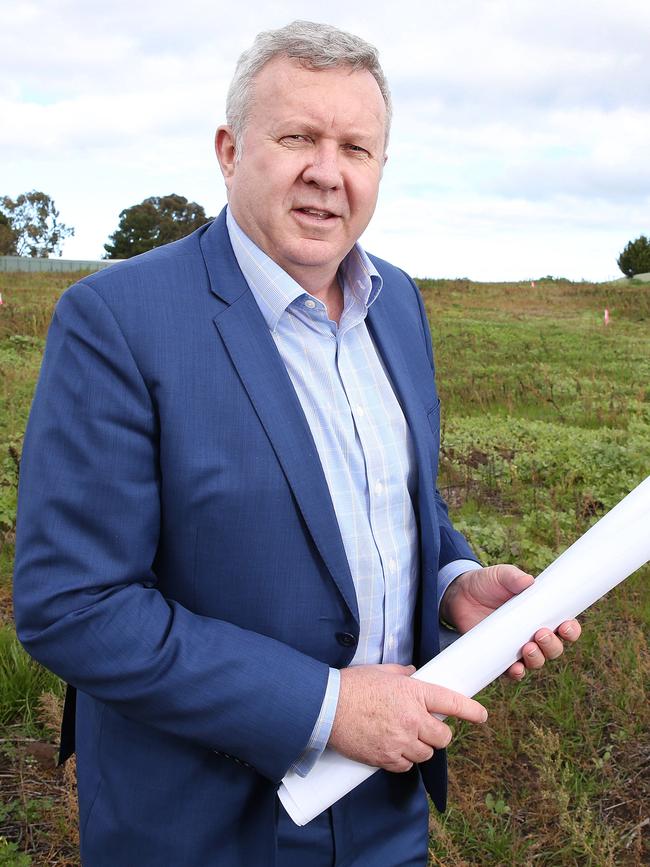
Mr Weightman warns unless there are more stringent qualifications and training requirements for builders, more company failures are likely.
“There’s an absolute lack of training, an absolute lack of formal qualifications and many of these people don’t have the commercial sense to run a business,” he said.
“There should be some requirement for people operating businesses to demonstrate they can run an operation of that size - we’re talking big operations, big dollars, big risks.”
While home owners are normally covered by insurance when a home builder becomes insolvent, subcontractors and suppliers are left in the hands of liquidators and usually end up out of pocket.
One ceiling and insulation contractor, who declined to be named, says he’s lost close to $300,000 as a result of building company failures in the past 12 months, and in the past decade in business has lost close to $1.5 million in non-payments, bad debts and corporate failures.
“It’s tough, very competitive out there, the business of making profits is out the window from the subcontractors’ point of view and a lot of builders I think are struggling - a lot of the small builders don’t make money,” he said.
“A lot of them are speculative builders and they’re not financed - they’re playing with other people’s money. The banks have tightened up, cash-flow is affected and these businesses run on cash-flow.”
M & M Render director Michael Harfield says his company was left $45,000 out of pocket when JML Home Constructions and JML Developments went under in March.
He wants further protections for subcontractors.
“I had to get rid of all the subcontractors I had working for me at the time - it sent me back to the start again,” he said.
“There needs to be some sort of system so that builders can’t spend that money on what they want - often they get money and will use it to fund another job and if something goes wrong the subcontractors don’t get paid.”
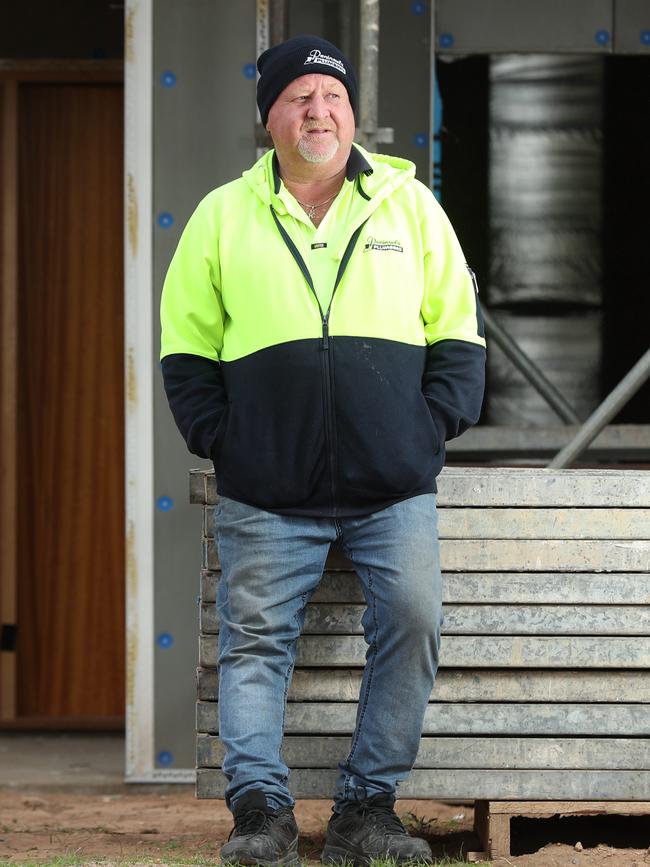
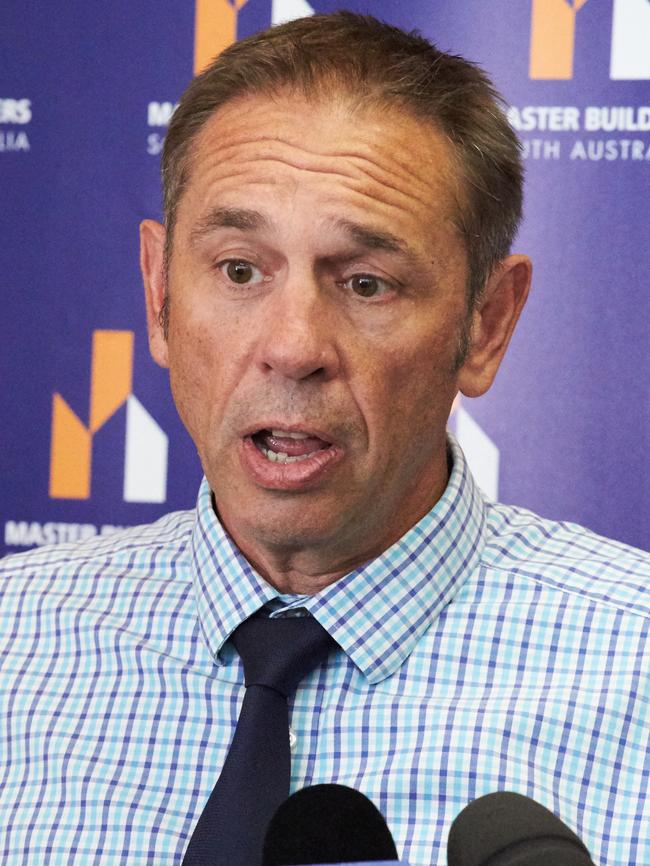
Peninsula Plumbing’s Justin Zwar was hit twice within a couple of months, first when commercial builder Unique Urban Built hit the wall in April and then in May when Coast to Coast collapsed.
In total his Yorke Peninsula company lost $130,000.
“We’re lucky because we’ve got plenty of work but we pick and choose a lot more,” he said.
“We’ve really steered away from the bigger commercial jobs because it’s not worth the risk, and we do other stuff - pool cleaning and maintenance to spread the risk.”
Mr Zwar has lobbied for changes that would require building firms to quarantine cash in a statutory trust, used to pay subcontractors once their work was completed.
He fears without changes, the industry will struggle to retain and recruit talent.
“The government talks about more apprentices and trades but I don’t know many who are taking them on,” he said. “I’m telling my kids not to go into a trade - there’s no protection from government or industry.”
The use of statutory trusts was raised as a recommendation in a major review into the country’s security of payment laws in 2018.
SA Best MP Connie Bonaros says she will push for new Federal legislation in the new year to ensure key recommendations of the review - led by building contract specialist John Murray - are adopted to protect subcontractors.
“Individual states are responsible for laws governing security of payment, but these laws could be nationally consistent with the Federal Government introducing uniform, national legislation,” she said.
“I will introduce legislation in the new year to legislate the SA relevant recommendations of the Murray review, to ensure our laws are tightened and subcontractors are given better protection.”
Master Builders Association (MBA) SA chief executive Ian Markos says the industry body is working with Consumer and Business Services to “raise the bar for licensing requirements”.
“It’s essential that builders know how to operate a financially sound business. We expect to see an improved system in place next year,” he said.
“We also continue to call for continuous professional development as a condition of having a builders licence, for financial as well as technical proficiency.”
According to figures from the Housing Industry Association (HIA), housing starts in South Australia decreased by 21 per cent last financial year, from 13,062 to 10,380. The MBA expects that number to fall further to less than 8400 by 2023-2024.
Treasurer Rob Lucas says the State Government’s $104.5 million housing stimulus package will go some way to generating local jobs and supporting the local construction industry.
“The centrepiece of this stimulus package is $21.4 million for the South Australian Housing Authority to undertake a housing construction program in 2019-20 and 2020-21 to build new homes,” he said.
“This will provide a steady pipeline of building, and other trades, work over the next two years across the state.”
Close to three years after signing their original contract with OAS, the Stewarts moved into their new home in June. They have a clear warning to others planning to build their own home. “Do your homework and pick a builder that’s been around for a long time,” Ms Stewart said.
TRAIL OF DESTRUCTION
Integrity New Homes Adelaide South – November 2019
Liquidators have been appointed to the Glenelg-based franchise. Operating for close to three years, the company is one of the smaller operations to run into trouble this year, with two unfinished projects and less than $100,000 owed to creditors. It leaves Integrity’s Limestone Coast franchise, at Robe, as the brand’s sole operator in South Australia.
SA Quality Home Improvements – November 2019
Known for its catchy TV ad jingle, the company called in administrators earlier this month, weeks after selling the business to another entity. It left the original operator with unpaid debts of more than $1 million, while close to 30 unfinished pergolas and other building contracts will be completed by the new brand and business owner, WPC Home Improvements. The business transfer is being investigated by the company’s administrator.
Emerald Custom Homes – July 2019
The collapse of Emerald Custom Homes left eight homes unfinished and suppliers, subcontractors and government agencies chasing close to $1.3 million in unpaid debts. Liquidator Mark Leese said at the time that the company had been unable to secure builders’ insurance.
Cubic Homes & Cubic Homes Construction – May/July 2019
The two home-building businesses based out of the same address in Kilburn went bust within weeks of each other earlier this year, leaving 13 incomplete projects. Cubic Homes Construction was placed in liquidation by its sole director and shareholder, Anthony Giorgi, in July after the Queensland Supreme Court took action in April to wind up related company Cubic Homes.
D&C Homes – June 2019
Norwood-based D&C Homes was placed in liquidation in June with debts of about $800,000. The company was headed up by directors Lance Capitano and Andrew Di Bacco, with the latter the former chief executive of builder Marshall Thompson, which also failed in late 2013. He was not a director of that company. D&C Homes had about 63 trade creditors, about 50 subcontractors were owed money and up to 19 homes were unfinished.
Coast to Coast Homes – May 2019
One of the bigger builders to go bust this year, Coast to Coast was placed into liquidation in May, leaving 15 staff without jobs and 90 homes across the state unfinished. The Yorke Peninsula company collapsed owing $3.1 million to 180 creditors. Management blamed expansion of the business into Adelaide and slow progress on jobs as reasons for the financial difficulties. Coast to Coast’s demise after nine years of business, and resulting insurance claims of close to $4 million, represented one of the state’s biggest company failures in recent years. Sole director Sean Craven declared bankruptcy in August, while the company’s liquidator said it had traded insolvent for nearly a year.
JML Home Constructions (trading as GJ Gardner Homes Onkaparinga) and JML Developments – March 2019
GJ Gardner Homes terminated the franchise of its Onkaparinga branch in March for a “breach of contract”. Nine of the 10 affected customers transferred their contracts to other franchisees in neighbouring areas. The collapse came seven years after business operator JML Developments started trading and two and a half years since it established the GJ Gardner franchise, which operated from the Old Reynella Shopping Centre on Old South Rd. A summary of the company’s affairs, lodged with ASIC, revealed that GJ Gardner Homes Onkaparinga owed more than $2.2 million at the time of its collapse.
Tudor Homes – March 2019
Beulah Park builder Tudor Homes was placed in voluntary administration in March, with Rossdale Homes taking over its five outstanding building contracts. Tudor had been a defendant in litigation for some time. Tightening margins were blamed for the company’s collapse.
Platinum Fine Homes – December 2018
Award-winning custom-house builder Platinum Fine Homes entered voluntary administration late last year. The demise of the Henley Beach company coincided with 11 consecutive months of falling building approvals, and prompted calls from the Master Builders Association to ease inefficient land release strategies, excessive development levies, taxes and charges and excessive planning and building requirements.
OAS Group – December 2018
The collapse of Beverley-based OAS Group late last year left 40 suburban homes unfinished and close to $2.4 million owing to dozens of creditors. The directors blamed a downturn in the housing industry, increased competition and low margins for the company’s collapse.
ODM Group – December 2018
Stirling-based ODM Group was the third builder to be wound up last December. It had $279,000 in debt and owed six employees more than $60,000 in wages and entitlements. It prompted calls from the Master Builders Association for an inquiry into the factors driving up the cost of home builds.

